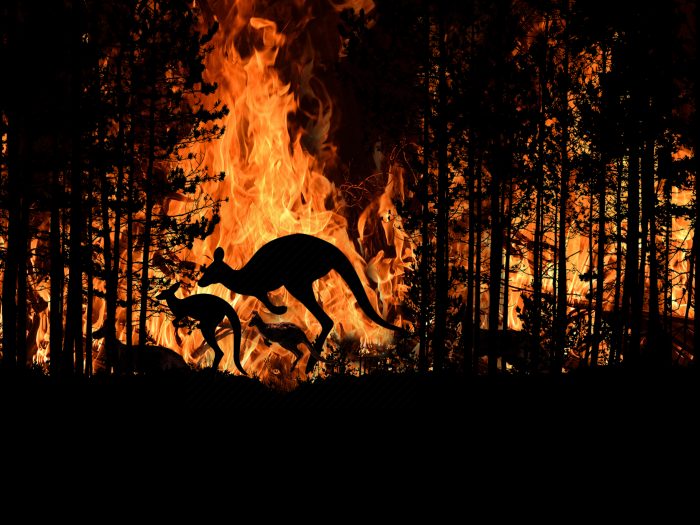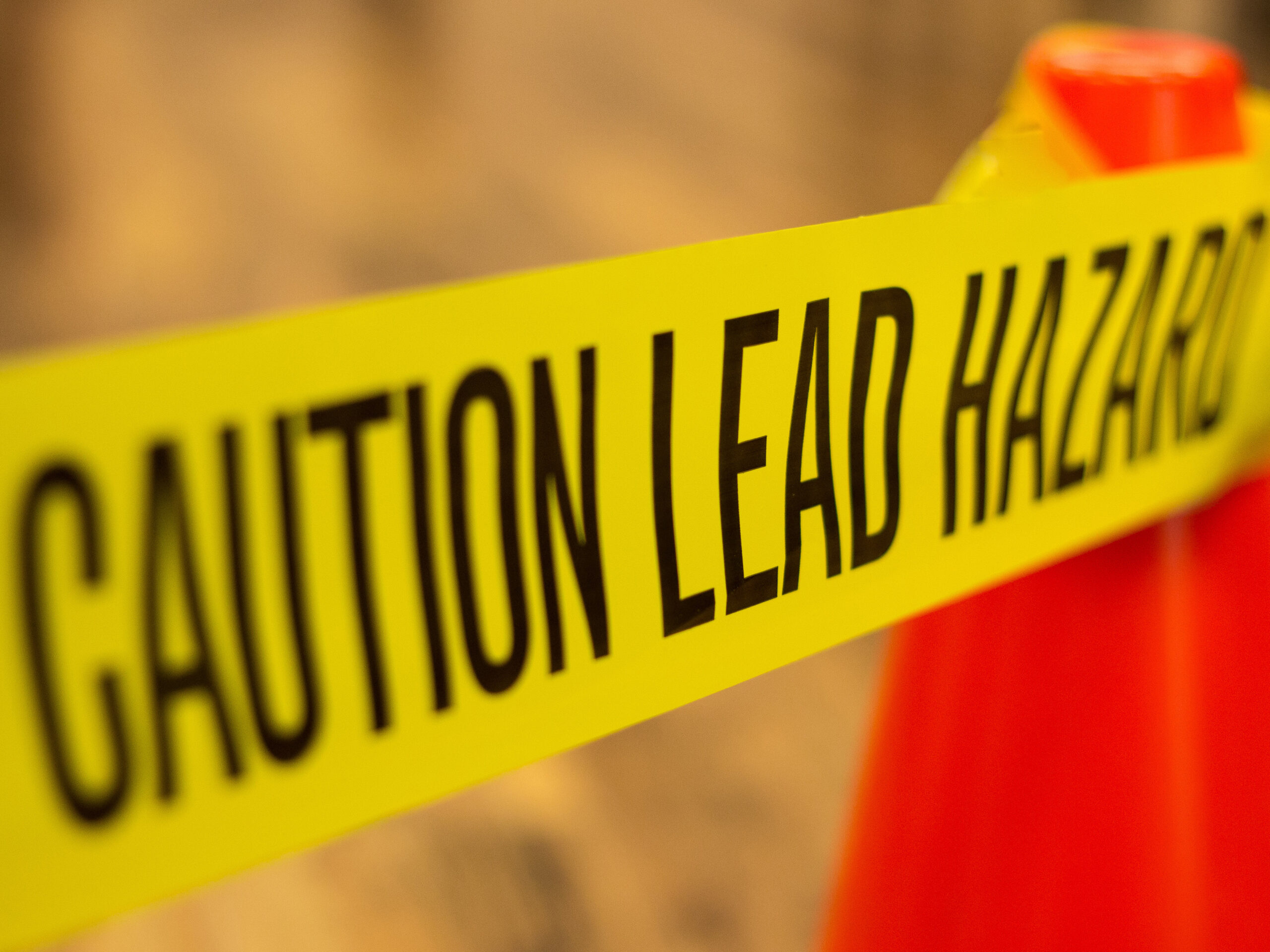Here’s the Colossal Cost of Climate Change for Carriers and Insureds

Back in February 2019, Morgan Stanley released a report outlining the costs of climate disasters in the last three years. Of the $650 billion in economic losses, $415 billion of that came from North America.
But climate change had been having adverse effects on the economy long before Morgan Stanley drew attention to the numbers. The climate crisis was a crucial talking point at the World Economic Forum, which took place January 21-24 in Davos, Switzerland.
“What good is all the extra wealth in the world, gained from ‘business as usual,’ if you can do nothing with it except watch it burn in catastrophic conditions?” Prince Charles of Wales, a lifelong environmentalist, told CNN in a cry for a reduced carbon footprint.
Not all economic leaders echoed his sentiment.
“To embrace the possibilities of tomorrow, we must reject the perennial prophets of doom and their predictions of the apocalypse,” President Donald Trump said at the forum, dismissing a call-to-action on climate reform.
As the largest producer of greenhouse gasses historically and of any other country, the U.S. economy directly affects the rest of the world’s markets.
“What I say to our clients is: I don’t want to be the sharp end of the spear, meaning I don’t want to have to be the one telling you, or enforcing standards in your industry or in your business,” commented Citigroup CEO Michael Corbat on some American banks’ restriction of funding when it comes to carbon-heavy projects.
But with no concrete plan from world leaders, risk managers are worried about climate change’s direct effect on dozens of industries and the future of the global economy. Before economic damages become out of control, here are a few effects sorely being felt:
1) Structural/Property Damage
From small businesses to global corporations, property damage is a high-volume claim.
Property loss includes structural damage such as a broken window or damaged foundation, but could also account for misplacement costs, such as temporary housing for those affected by natural disasters.
As erratic weather increases the rate of natural catastrophe occurrence, the number of property damage claims has also increased.
Properties in areas of high risk could be facing higher premiums and denial of coverage. Insurers are already addressing short-term climate change effects.
After thousands of homeowners lost their coverage after the 2018 wildfire season, California banned insurers from dropping policyholders in areas made riskier by climate change.
2) Increased Risk of Natural Catastrophes
According to international climate goals outlined in the Paris Agreement, carbon output must fall by 55% in order to keep average temperatures within 35.6 degrees Fahrenheit of what they were before industrialization.
While climate change may not be the initial spark of natural catastrophe, it has certainly intensified the blaze. Just look at Australia.
The nation was bracing for an economic upswing until its costliest wildfire season on record hit. Since December 2019, wildfire has burned 17.9 million acres across Australia’s six states, resulting in 28 deaths and thousands of homes lost.
But weather risks go far beyond wildfire. Hurricane, tornado, volcano and earthquake risks also increase with erratic weather. The 2017 Atlantic Hurricane season — which included Hurricanes Harvey, Irma and Maria — was the costliest year on record, resulting in $294.92 billion in damages, mainly to the United States and surrounding territories.
3) Health Concerns
Australia is currently experiencing air quality that is 10 times worse than the standard — a short-term result of the wildfires.
While especially dangerous to young children and the elderly, smoke inhalation is a risk for everyone. As more land burns across the nation, more particles, vapor and gases are released into the atmosphere.
Breathing in smoke particles can affect the heart and lungs and increase the risk of infection or stroke. Since December, Australia has seen a 10% increase in hospital admissions.
Hurricanes and storms also create excessive pollution, even after structures are restored. After 2012’s Super Storm Sandy, millions of gallons of sewage were swept into New Jersey waters, resulting in high levels of bacteria, viruses, and compromised water supply.
4) Business Interruption
Erratic weather patterns, such as excessive rain, can contribute to failing infrastructure, which can result in business interruptions. According to The American Society of Civil Engineers, 9.1% of America’s bridges are inadequate, but there isn’t enough funding or attention to fix them all.
“The elephant in the room is the funding,” Adrian Pellen, North American infrastructure leader, Marsh’s construction practice told Risk & Insurance® in 2018. “Governments have deferred maintenance on infrastructure forever, and we’re at this critical juncture where we need the investment, and the funding mechanisms just aren’t there.”
Agricultural destruction can also result in a loss of crops, ultimately affecting the world’s food supplies.
While there are ways for businesses to prepare for and predict natural disasters, the increased rate at which they are occurring and the already compromised infrastructure makes businesses more vulnerable to losses.
Making Up For Lost Time
Food shortages and recessions may not be on the immediate horizon, but that doesn’t mean that everything is under control. While insurers are more worried about the long-term effects of climate change, economic leaders have a lot of making up to do when it comes to ensuring sustainability.
Considering rate of change from a financial perspective, $10 doesn’t have the same value it did 100 years ago. The rate of change applied to climate effects is something that the economy has not grasped. As economic restructuring is prolonged, the rate of climate change increases and the costs become greater; tacking on to a bill that the planet already can’t afford. &










